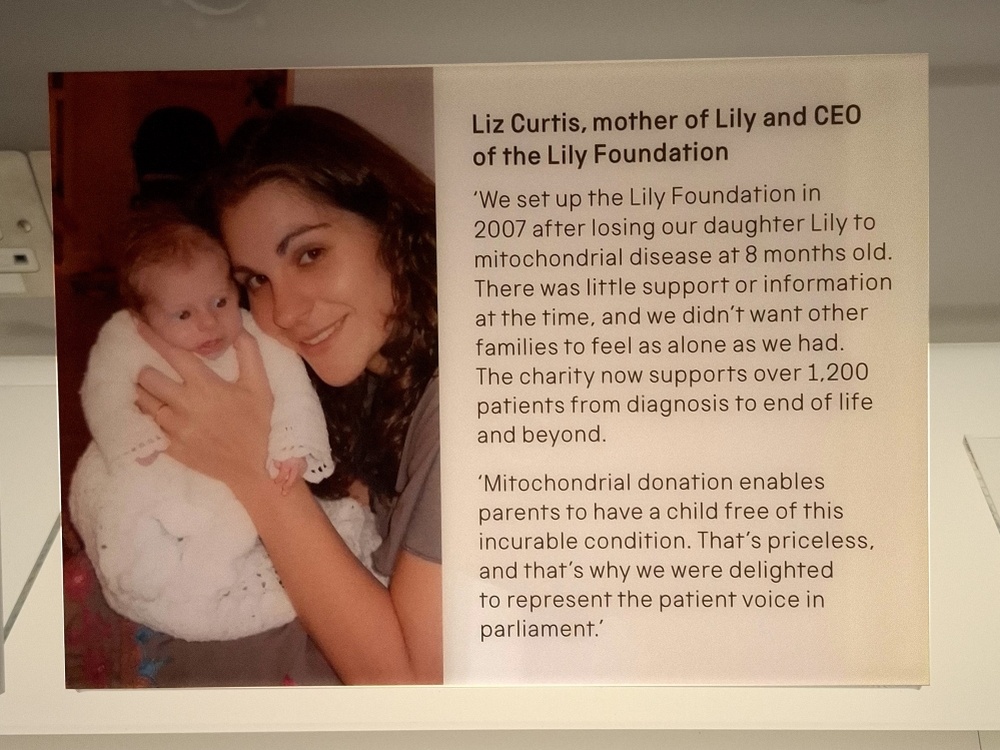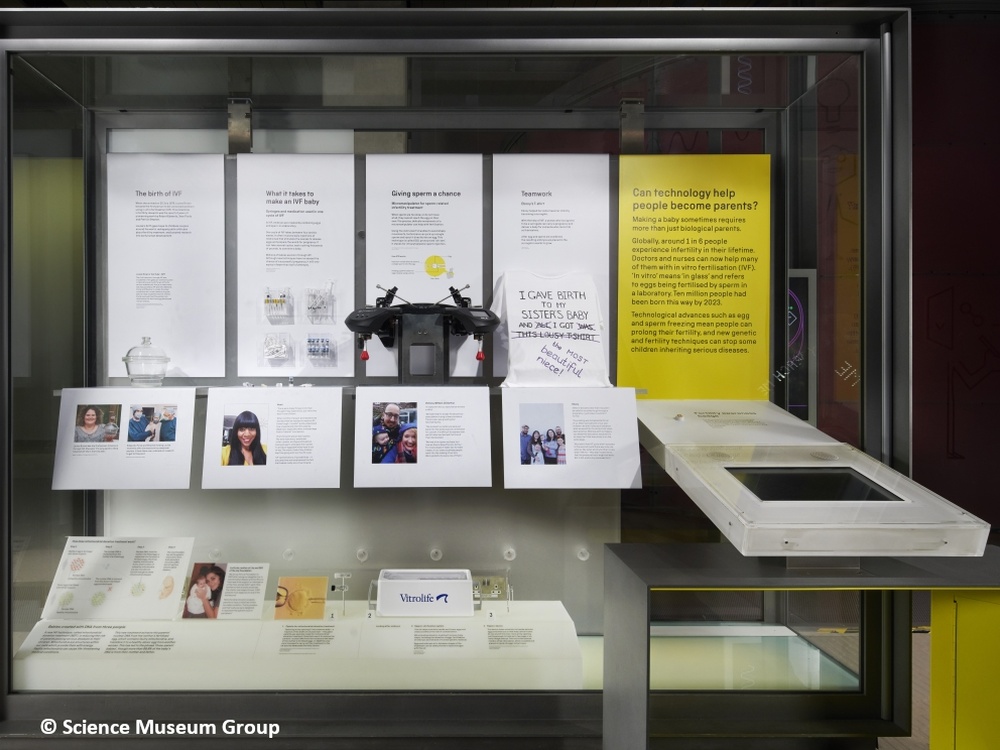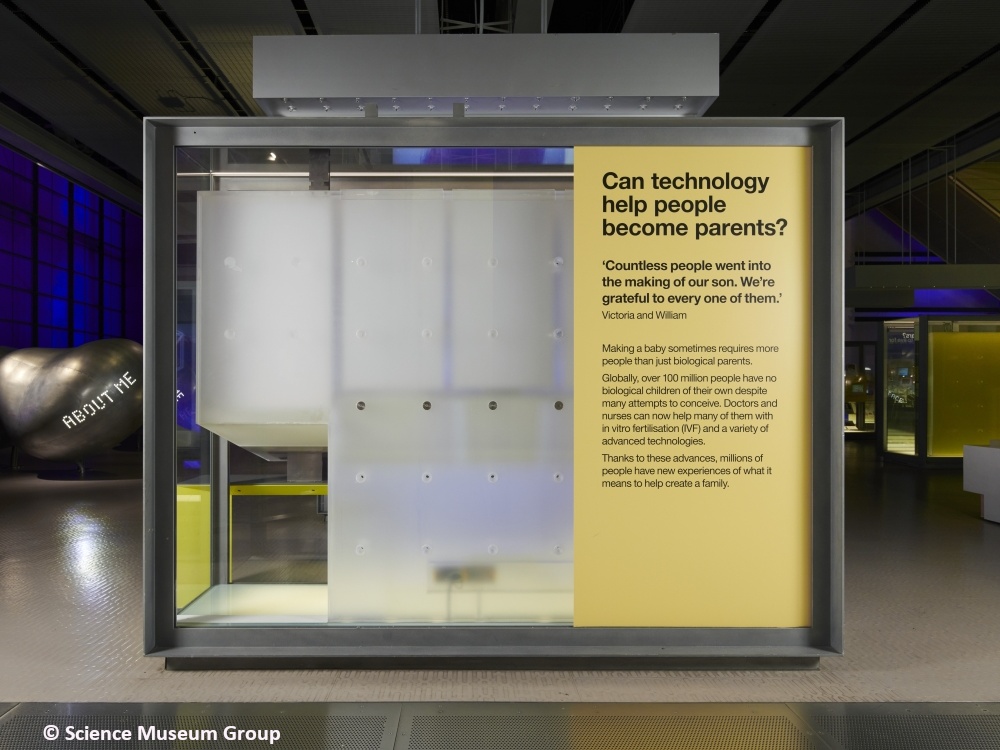The museum’s permanent Who am I? gallery is an intriguing space dedicated to exploring genetics, identity and brain science. Part of the gallery focuses on IVF, and it’s this section that’s been recently updated to include information about mitochondrial donation, an innovative IVF technique that was developed to stop the transmission of some types of mitochondrial disease from mother to child.
As some of you may remember, The Lily Foundation, alongside a number of mitochondrial disease patients and their families, were instrumental in lobbying for a change in UK law to allow the use of this type of IVF technique back in 2015.
The UK was the first country to legally offer the procedure, also known as mitochondrial replacement therapy, to patients, and its inclusion in this new display acknowledges the importance of developing reproductive options for families affected by a mitochondrial disease diagnosis.
Whilst researching mitochondrial donation for the update to this display, the museum’s Assistant Curator of Medicine, Harriet, encountered The Lily Foundation’s website. She found our resources on mitochondrial donation incredibly useful and was so moved by the background to the charity’s foundation that she approached Liz to see if she’d like to offer her perspective on the subject.
Raising the profile of mitochondrial disease
Needless to say, Liz was delighted to be involved, and willingly provided a quote and photograph for the showcase. Not only does our inclusion in the showcase raise the profile of our charity and help put mitochondrial disease on the map, but it also acknowledges the important part we played in the legalisation of mitochondrial replacement therapy. We were representing the patient voice in parliament almost a decade ago, and we’re still advocating for patients today.
The fascinating display, which also includes objects used by the team at the Newcastle Fertility Centre who have since begun to carry out this pioneering treatment, is well worth a visit – you can book your free museum admission ticket here. Other stories of interest in the showcase centre around topics such as surrogacy and intracytoplasmic sperm injection, and all are accompanied by quotes and images of people personally affected.
The Science Museum is one of the most visited tourist attractions in England’s capital, last year receiving almost three million visitors from all around the globe. What an incredible opportunity this is to spread the word about our charity and how we support those affected by mitochondrial disease, whether that’s in dealing with a diagnosis, exploring family planning options or end-of-life and beyond.



